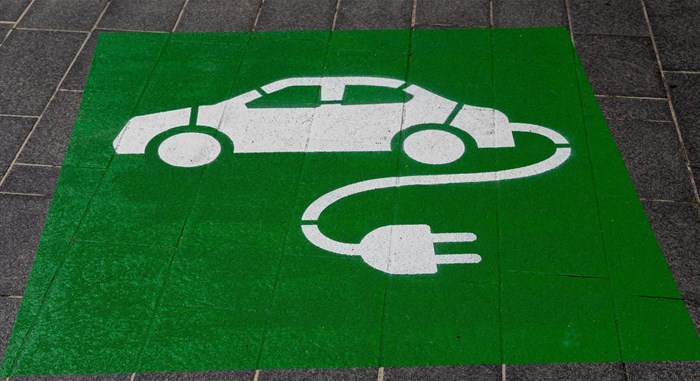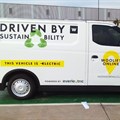Retailer Woolworths recently announced that it would be rolling out a fleet of electric panel vans in partnership with logistics company DSV in Gauteng, Durban and Cape Town.
Woolworths and DSV should be publicly commended and encouraged to drive the transition to e-mobility in South Africa, but there’s something that happens in the life of electric vehicle (EV) batteries that must be made public too. The public must know that rather than becoming an environmental risk, managing used EV batteries properly presents a huge opportunity to catapult SA into the forefront of the circular economy.
In layman’s terms, there comes a time in every EV’s life when the weight of the battery no longer justifies the output. In other words, after many charge and discharge cycles, the battery’s output for mobility is overshadowed by its weight and it must be replaced. No big deal, one may think, just get a new one. The only problem is that there is currently no approved recycling process for lithium EV batteries.
This is not a South African phenomenon. It’s a global problem. There’s little joy in switching to e-mobility and reducing carbon emissions on our roads, only to sit with thousands of lithium batteries that have nowhere to go except landfills, which defeats the purpose of protecting our environment.
If we look at the Woolworths example, just like every other company investing in e-mobility, there’s a golden opportunity to lead the continent and be at the forefront globally of closing the circular economy loop.
Woolworths’ head of online and mobile was quoted during the announcement as saying: "We will work closely with DSV and Everlectric to plan, position and negotiate the installation of these charging stations to leverage off existing renewable or solar installations co-located at the selected malls or retail locations.”
This is a brilliant move by Woolworths because no one wants to use coal to charge electric vehicles. But not many citizens appreciate that renewable and solar installations also need batteries. Solar or wind produces power when the natural resource is available, such as during the day and when there’s wind. If the installation does not have batteries to store power being produced, it would not be able to supply power when there’s no sun, such as at night or during prolonged rain, or wind.
The best batteries for renewable energy installations are lithium batteries, which outperform and are safer than lead-acid batteries. This is where the opportunity lies. The batteries that are removed from EVs at the end of their mobility life still have individual cells that can be repurposed into second life (2nd LiFe) storage batteries where weight no longer matters.
These 2nd LiFe batteries have a lifespan similar to first-life batteries but are superior to the first-life batteries because their cells were designed for EVs, meaning they have a higher tolerance for heat and harsh operating conditions.
This is not theoretical. We are in the trenches every day and can say with confidence that these batteries can solve many, if not most, of SA’s energy security woes.
And so, a company such as Woolworths or DSV, and OEMs such as Audi South Africa, whose electric prowess was made evident at the last Dakar Rally, are sitting on the potential to meaningfully contribute not only to e-mobility but also have the raw materials in their vehicles that can power renewable energy in this country.
We are approached frequently by companies working on tenders to bring in fleets of electric vehicles, or to be licensed to produce electric vehicles.
The reason they contact us is because one of the requirements is to demonstrate a proven and acceptable strategy of discarding the EV batteries, and repurposing them into high-grade 2nd LiFe storage batteries is about as good as it gets if the company’s mission and purpose is legitimate carbon emission reduction and saving the environment.
It’s not just EVs with four wheels
One must ask large retailers such as Checkers with their Checkers Sixty60 service, and Takealot and Mr D, with their thousands of delivery people, why they have fleets made up of low-output internal combustion motorcycles? Sure, they’re only 125cc engines, but they are contributing to unsustainable levels of pollution by their sheer numbers. Stop one evening, and listen to the roads in the suburbs around you and count the number of small capacity motorcycles you hear buzzing up and down.
Imagine a country where fleets of delivery bikes are electric. The technology exists, and Woolworths are publicly pioneering the space regarding the charging of EV vehicles using renewable installations. Again, the same principle holds: imagine every e-bike’s battery being repurposed into a storage battery to provide backup for the self-same solar installation charging delivery bikes!
We don’t need to dream or imagine any more. The technology and expertise exist and are ready to be deployed. It requires brave brands such as Woolworths to take a big step and everyone else will follow, if not through their own passion to save the environment, then through growing pressure to invest in sustainability by reducing their own carbon footprints.














































